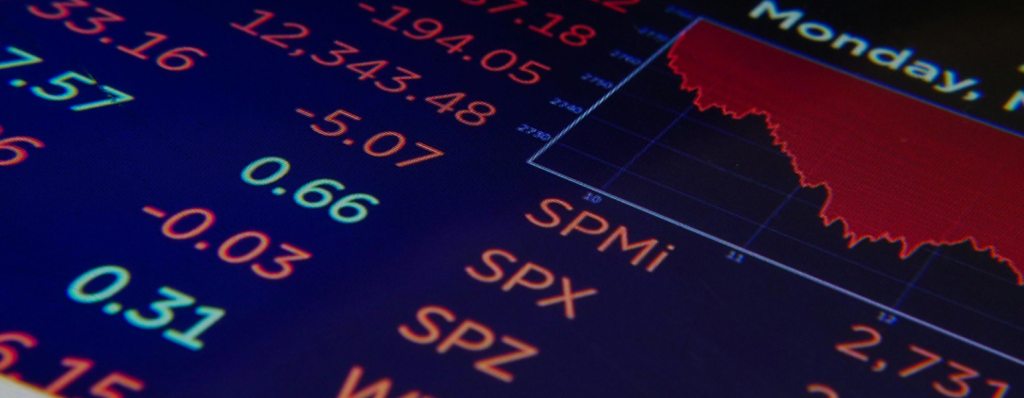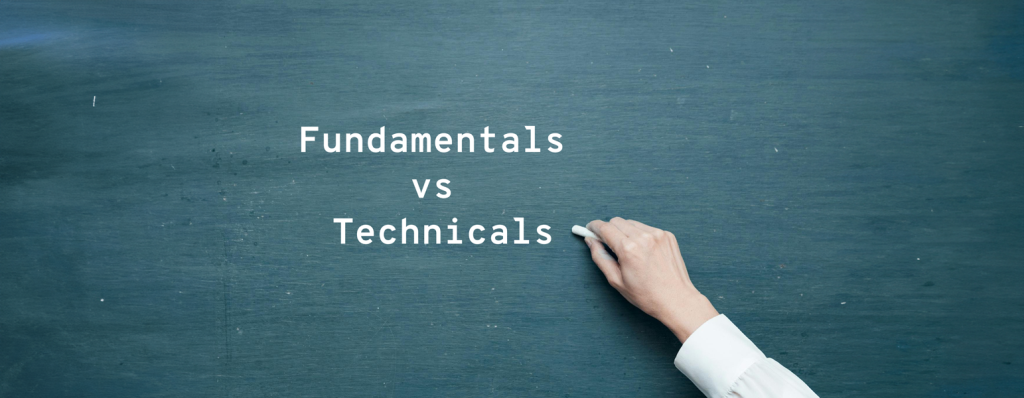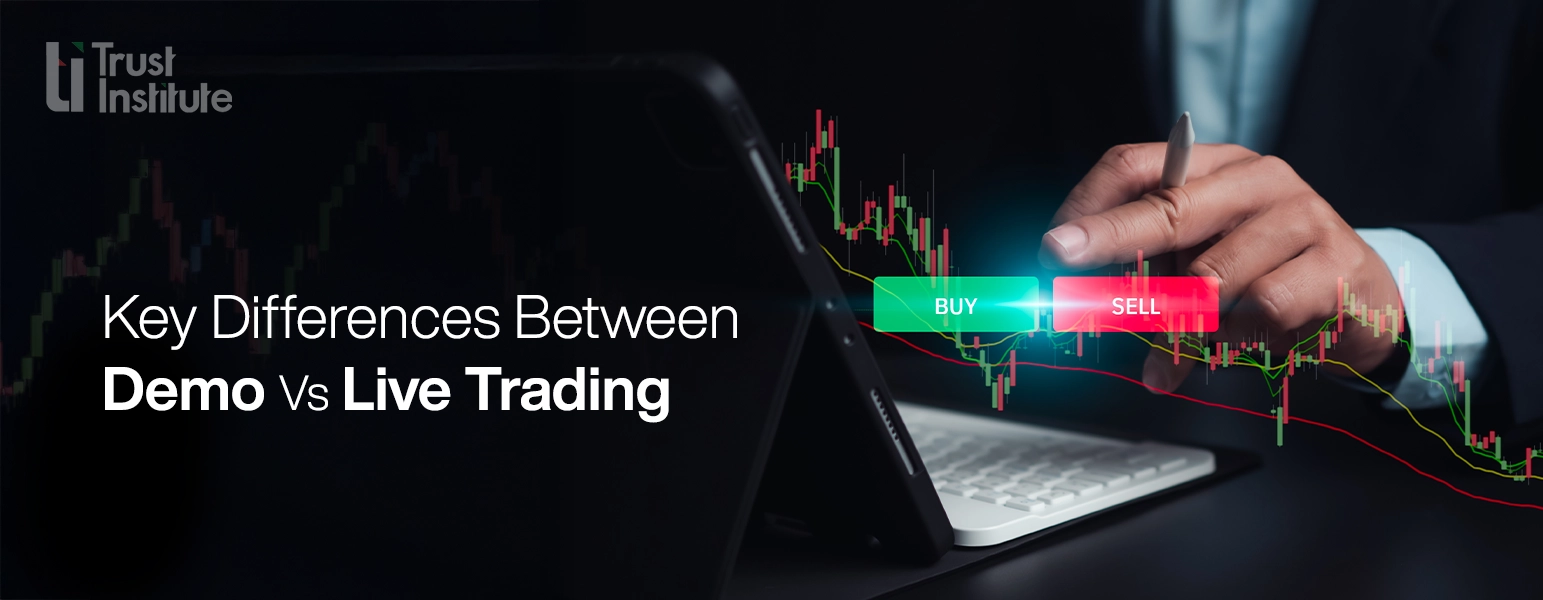THE BASICS OF FOREX TRADING: A BEGINNER’S GUIDE

Ever catch yourself wondering why the dollar feels stronger right when you’re booking a flight overseas? Or why some random news about Europe’s economy messes with the price of your morning latte? It’s all tied to this wild thing called the foreign exchange market, Forex for short. It’s this massive, non-stop global hub where people swap currencies like they’re trading Pokémon cards. Governments, banks, big companies, and even regular folks like us dip in, trying to ride the ups and downs of money’s value.
Honestly, though, Forex can feel like a maze when you first step in. Words like “pips” or “leverage” sound like they belong in a sci-fi movie, not your bank account. I get it, it threw me off too at first. But stick with me here. We’re going to chop this beast into pieces you can actually wrap your head around, no fancy jargon, just real talk about what it is, why people mess with it, and how you can poke around without drowning.
What Even Is Forex Trading? And Why Should You Give a Damn?
Forex trading is basically you betting on one currency beating another in a value showdown. Picture it like swapping cash for a trip, you hand over $1,000 at the airport and get euros back. Except here, you’re playing the game on purpose, trying to cash in on little shifts in those rates. Say you’ve got a gut feeling the euro’s about to flex on the dollar. You’d buy euros (EUR) and ditch dollars (USD). If you’re right, you pocket some profit. If you’re wrong, well, chalk it up to experience.
So why’s this worth your time?
- It’s huge. We’re talking $7.5 trillion traded every day, way bigger than the stock market, like 25 times bigger. Wild, right?
- You don’t need to be rich to play. Some platforms let you jump in with 50 bucks, not a million-dollar penthouse.
- It’s in your life already. That imported beer you grabbed last night? The price of your Netflix subscription? Currency moves are pulling strings behind the scenes.
But before you dive headfirst, let’s figure out how this whole thing actually runs.
How Does Forex Work? Let’s Keep It Real

Think of Forex like a giant swap meet. Instead of trading tomatoes for potatoes, folks are swapping euros for dollars or pounds for yen. You’ve got currency pairs, like EUR/USD or GBP/JPY, and their values bounce around based on what people want more of. If everyone’s
suddenly obsessed with euros, the euro’s price climbs against the dollar. Simple supply and demand, just with fancier names.
Here’s the stuff you’ll hear about all the time, explained like I’m telling it to my buddy over beers:
- Currency Pairs: Every trade’s a two-player game. The first one’s the “base,” the second’s the “quote.” So in EUR/USD, if it’s at 1.10, that means 1 euro gets you $1.10. Easy enough.
- Pips: This is the tiniest wiggle a price can make, like counting change, but smaller. Usually it’s 0.0001. If EUR/USD goes from 1.1000 to 1.1050, that’s 50 pips. You’ll get used to it.
- Leverage: This is where it gets spicy. It’s like borrowing cash from your broker to punch above your weight. With 50:1 leverage, your $1,000 controls $50,000. Sounds awesome until you realize it can burn you just as fast.
- Spread: The little gap between what you buy for and sell for. It’s the broker’s cut, like the guy at the swap meet taking a bite of your apple as a fee.
Who’s Playing This Game?
Forex isn’t some exclusive club for Wall Street hotshots. Here’s who’s in the mix.
- Banks & Big Players: They’re moving mountains of cash for clients or hoarding it for countries.
- Companies: Think Apple or Toyota—selling stuff overseas means they’re swapping currencies all the time.
- Governments: Central banks like the Fed step in to nudge their money’s value up or down.
- Us Regular Folks: Thanks to apps and websites, people like you and me are in on it too—about 5-10% of the action now.
Two Ways to Crack the Code: Fundamentals vs. Technicals

If you want to win at this (or at least not lose your shirt), traders swear by two main approaches. Pick your flavor, or mix them..
Fundamentals: The “Why” Behind ItThis is about figuring out what’s moving the needle. You’re watching:
- Economic stuff like jobs reports or GDP numbers.
- What central banks are up to, like if they jack up interest rates.
- Big world events, wars, elections, you name it.Say the U.S. hikes rates, suddenly everyone wants dollars for the better payoff. Dollar goes up. Makes sense, right?
Technicals: The Chart GameThis one’s less about why and more about what’s happening on the screen. You’re eyeballing:
- Support/Resistance: Spots where prices keep hitting a wall or bouncing back, like a pinball machine.
- Moving Averages: Smooths out the chaos to show you the trend.
- Candlesticks: Little shapes on the chart that hint at what’s next. A “doji” is like the market shrugging its shoulders.It’s like predicting rain by staring at clouds, not foolproof, but it gives you a heads-up.
The Catch: What Nobody Warns You About
Forex isn’t some golden ticket. Here’s the raw deal.
- It’s a Wild Ride: One headline, like a shock election, can flip prices in a heartbeat.
- Leverage Can Screw You: That 50:1 boost? A 2% drop could erase everything if you’re not careful.
- Your Brain’s the Enemy: Panic or getting cocky can tank you fast. Ever clung to a bad trade hoping it’d turn around? Yeah, that’s a rookie trap.
Mess around with a demo account first. Give it a few months before you bet your hard-earned money.
How to Start Without Totally Screwing Up

- Find a Solid Broker: Check they’re legit (look for stuff like FCA or ASIC), cheap fees, and a platform that doesn’t suck—MetaTrader 4’s a classic.
- Learn the Words: “Margin call” means your broker’s yelling for more cash. “Lots” are just how much you’re trading. It clicks eventually.
- Make a Plan: You trading every day or chilling for weeks? Pick a pair and stick to your rules.
- Don’t Be Dumb with Risk: Only bet 1-2% of what you’ve got per trade. Set a stop-loss so you’re not bleeding out.
Dumb Stuff Beginners Do
- Overtrading: Jumping on every twitch is exhausting, and expensive.
- Ignoring News: A Fed speech can torch your plan if you’re not paying attention.
- No Exit Strategy: Know when to cash out or cut bait before you start. Trust me on this one.
So, Should You Bother?
Forex is a rush, like learning to skateboard. You’ll eat pavement sometimes, but if you keep at it, stay smart, and don’t bet the farm, you might actually enjoy it. Even the pros lose trades, it’s about playing the long game, keeping your cool, and not blowing up your account.
Start small. Scribble your trades in a notebook. High-five yourself for the little wins. And don’t stop digging into it. The market’s always there, buzzing away tomorrow, next month, next year. Stay curious, don’t get too full of yourself, and have fun with it.












































